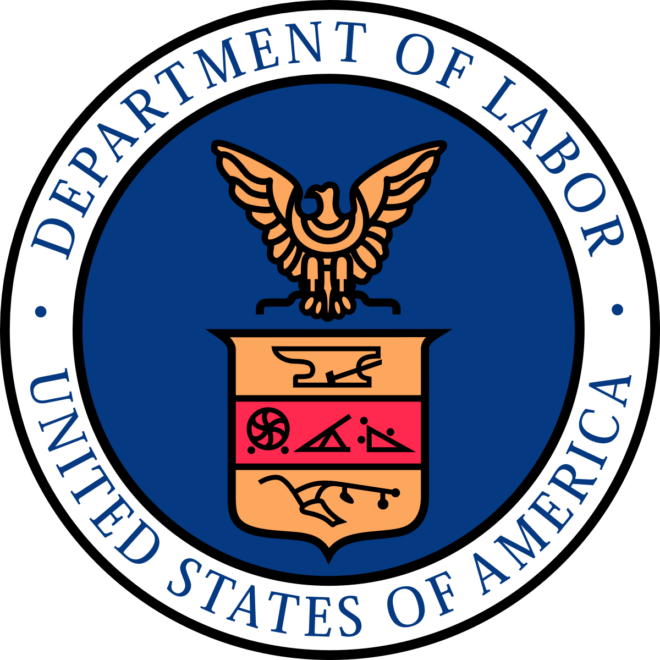Department of Labor Seeks to Modify Independent Contractor Standard
Employers should be preparing to take a close look at the current status of individuals they classify as independent contractors – especially those in the Construction industry.
On October 13, 2022, the Department of Labor (“DOL”) will publish a Notice of Proposed Rulemaking to help employers and workers determine whether a worker is an employee or an independent contractor under the Fair Labor Standards Act. The DOL’s proposed rule will seek to clarify the current independent contractor standard by repealing the Trump Administrations “core factors” test and replacing it with the previously utilized economic realities/totality of the circumstances test. The DOL’s proposed rule will result in a significant change to the independent contractor analysis, and could have a major impact on how many construction employers classify employees. Even more so, employee misclassification issues can have potentially drastic consequences, resulting in DOL audits and wage and hour lawsuits, each of which can incur costly damages.
The prior rule placed particular emphasis on two core factors: the nature and degree of workers’ control over their work, and the opportunity for profit or loss based on initiative, investment or both. Without question, the prior “core factor” analysis allowed for a more lenient standard when identifying independent contractors. The new rule, however, places equal weight on all factors reviewed, analyzing (1) Opportunity for profit or loss depending on managerial skill; (2) Investments by the worker and the employer; (3) Degree of permanence of the work relationship; (4) Nature and degree of control; (5) Extent to which the work performed is an integral part of the employer’s business, and (6) Skill and initiative.
Going forward, the DOL’s proposed rule will have a significant impact on how construction employers classify employees, because they will no longer be able to rely solely upon control and financial investment as part of the determination. Rather, employers will need to review all six factors outlined above, which can be difficult in an industry where employees are generally businesses in and of themselves. How the new test will play out in relation to subcontractors and other vendors working on jobs sites is something construction employers will need to monitor closely in the future.
The DOL’s October 13 notice is still subject to a comment period, which will run until November 28, 2022. The comment period could result in some modifications to the proposed rule; however, employers should still prepare for some change to the current independent contract standard, and begin to make any necessary changes to their current workforce.
Regardless of the standard in place, employers should also remember that the test as to whether an individual is an employee or an independent contractor is heavily dependent upon the duties they actually perform while on the job. Construction employers should be especially sensitive to this understanding given the varying jobs and responsibilities individuals complete on and at the job site. An independent contractor agreement alone is not enough to justify an individual’s classification. If you have questions about independent contractors currently working on your job sites, or general employment questions, feel free to contact Michael J. Frantz Jr., Jon Scandling or any of Frantz Ward’s Construction or Labor & Employment Attorneys.


